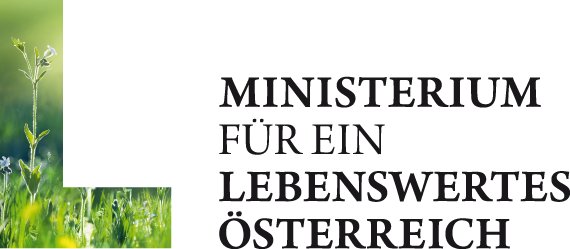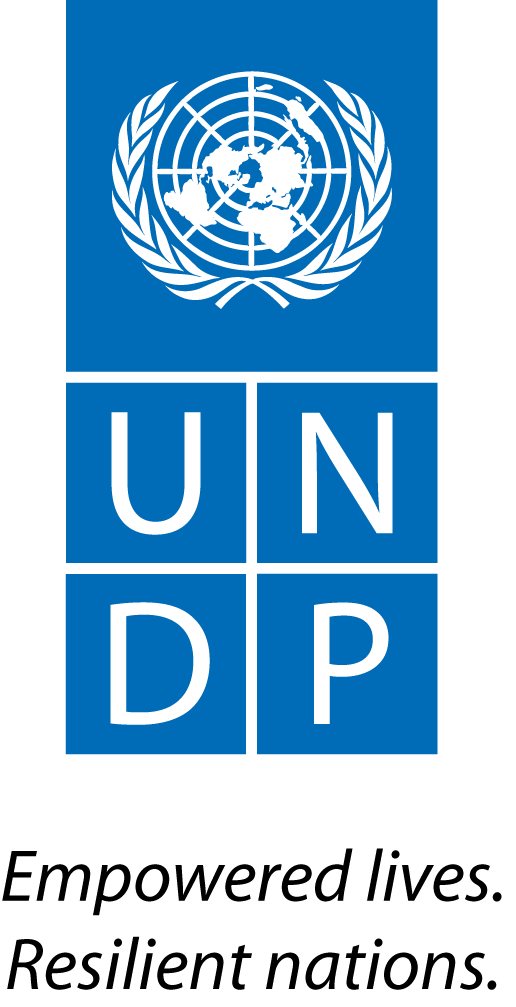http://www.ipsnews.net/news.asp?idnews=56864
The traditional knowledge of nature developed since ancestral times by Colombia's indigenous peoples is increasingly challenged by the unnatural effects of climate change, a phenomenon that is deeply troubling to the keepers of this knowledge, says biologist Brigitte Baptiste.
This observation is based on personal contacts with indigenous elders, since the government has no policies that recognise or support traditional knowledge, said Baptiste, 47, a respected academic with a PhD in environmental sciences and an environmental activist with close ties to peasant and indigenous communities.
Fortunately, however, these problems are being discussed by the country's sabedores (literally, "those who know", the keepers of this knowledge), she added.
Since January, Baptiste has been the director of Colombia's Alexander von Humboldt Biological Resources Research Institute. She is the author of dozens of articles and book chapters on a wide range of subjects including bioethics and gender diversity. Tierramérica talked with her about some of the points she raised during her presentation at the Second National Climate Congress held in Bogota on Aug. 3-5.
Q: At the Congress you stated that traditional knowledge is losing validity as a result of climate change. Have concrete effects been detected, for example, in the traditional observation systems of indigenous communities?
A: No, because we have not investigated this in depth. The government has no concrete policy to promote traditional knowledge or to recognise its importance. We know because of personal contacts with taitas (wise elders) in the Putumayo, with the curacas of the Mirití River, and the mamos of the Sierra Nevada de Santa Marta, who have begun to say that there are signs that are varying from the usual patterns which have traditionally been used for making decisions.
When certain plants stop flowering for three or four years, they say, we have no memory of this ever happening before. The indigenous system of monitoring is based on people's memory, fed by all of their ancestral knowledge, but it is very local.
When this happens, they say, they need to "converse" to see if anyone remembers this ever happening anywhere else, and what happened later: if it was the announcement of a major drought, or the deterioration of the soil, or that there was going to be 10 or 15 years of malaria. The good thing is that they are doing it. There is active discussion among indigenous sabedores. But we actually hear very little about it.
Q: You also said that it isn't known what effect climate change will have on biodiversity in Colombia. Why is that?
A: Life forms react in surprising ways to pressures of any kind. Species don't adapt one by one. One might think that if it heats up, the species that are susceptible to high temperatures will disappear. But no. Every organism in a species has differentiated genetic information. So part of the population of a given species may react in a different way from another.
And species are linked to one another. Consider the figures in Colombia: 784 species of amphibians, 1,714 species of birds, 35,000 species of plants, and they will not react one by one. They will react as ecological groups, full of trophic interactions - who eats whom - predatory interactions.
We need figures and data from 10, 20, 30 years ago, and that is something we don't have. Colombia has no system for monitoring biodiversity that could indicate what might be happening.
It is only now that we have some high-quality satellite images, from about 20 years back. And certain very precise records from 20th-century researchers, from 50, 60 years ago. This is reliable information that we can use to begin to speculate and construct models as to how biodiversity is going to respond, if it gets warmer, rains more, or becomes much drier.
Q: You mentioned that there are species of birds that are changing thermal layers, altitude ranges.
A: Some preliminary studies have identified some species that might suffer from this problem. Birds are associated with a certain type of forest - for example, forests that are found at an altitude of 1,000 meters above sea level. Eventually this forest may move upward, and the birds will move up as well.
But what happens if, farther up, the soil isn't appropriate for the survival of this forest? Then the forest will no longer be able to continue moving up, and as a result, the birds will not have a habitat.
Q: What are the international "rankings" of Colombian biodiversity?
A: Colombia is the country with the greatest wealth of birds. More than 15 percent of the world's birds live in Colombia. It is probably first or second in terms of amphibians, frogs. We compete with Indonesia above all with regard to endemic species: what determines if a country has a greater or lesser wealth of biodiversity tends to be the species that have developed exclusively in that country's environments.
In terms of plants we are also in first or second place worldwide, comparable only to Brazil. And we are in third or fourth place in terms of mammals. And also freshwater and marine fish species, although the latter tend to be shared more with other countries.
The Magdalena River is unique in the world. It runs from south to north, crossing almost all of the equatorial territory. It is tremendously fertile, receiving all of the nutritional contributions of the forests of the entire Andean sub-region. Almost all of its fauna is endemic. Close to 40 percent of the organisms that live in the Magdalena are only found in the Magdalena, which makes this river basin, in general, a world treasure of biodiversity.
Q: Even though the riverbanks are so destroyed?
A: Data on total extinction still do not indicate the collapse of biodiversity. Despite the mercury and the excessive sedimentation, the Magdalena River continues to have an extremely important level of biodiversity.
Q: Can biodiversity also help us adapt to climate change?
A: Yes, and this is very important. We try to raise awareness among the productive sectors that the best insurance for production lies in biodiversity. Because the biological controls of the future will be found in biodiversity, the ecosystem services that can mitigate the effects of drought or some nutritional dysfunction.
The productive sectors need to better understand the system of ecological functions in which they are immersed and recognise that, if these ecological functions are lost, they will have to reach into their own pockets to replace them. Abundant and healthy biodiversity is a clear determinant of lower expenditure on controlling productive processes.
And that is because biodiversity mitigates the effects of climate change, although we don't know how exactly. There are practical reasons for maintaining biodiversity and investing resources in its management, because when biodiversity is lost, it never comes back.
* Constanza Vieira is an IPS correspondent. This story was originally published by Latin American newspapers that are part of the Tierramérica network. Tierramérica is a specialised news service produced by IPS with the backing of the United Nations Development Programme, United Nations Environment Programme and the World Bank. (END)






